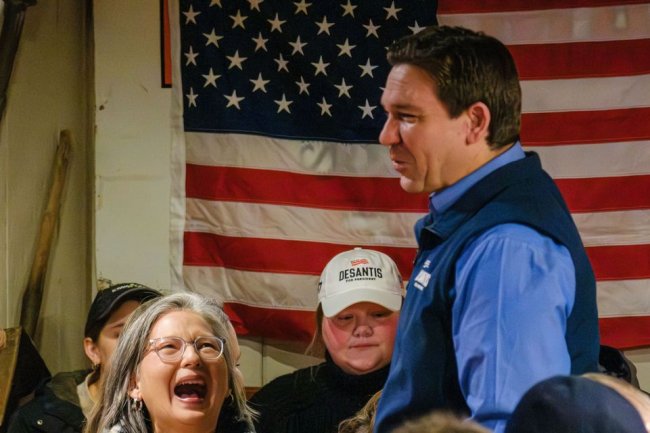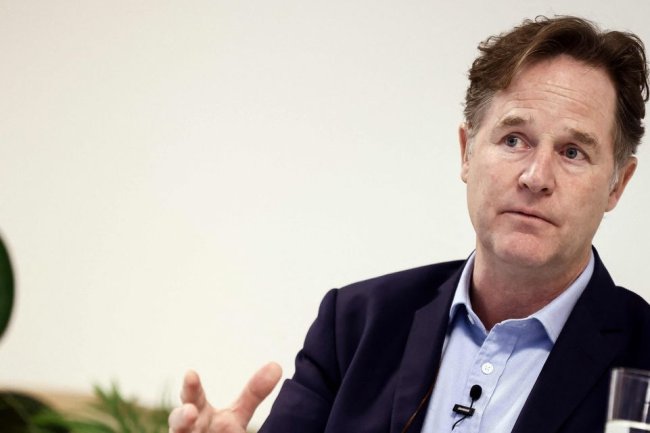‘The Goldfinch’: Carel Fabritius’s Rare Bird
This charming 1654 painting was made famous by Donna Tartt’s 2013 novel, but its own story of survival and the mysteries that surround the work and its maker speak volumes on their own. By Willard Spiegelman July 28, 2023 5:31 pm ET ‘The Goldfinch’ by Carel Fabritius Photo: Mauritshuis, The Hague Freud never said that sometimes a cigar is only a cigar, but whoever did so was right. Can an image with considerable iconic suggestiveness be only itself? Can a goldfinch be only a bird? The famous finch in Carel Fabritius’s tiny oil painting perches on his little feeding box, overseeing a room in the Mauritshuis in The Hague. The picture shares pride of place with Vermeer’s “The Girl With the Pearl Earring” as one of the most beloved works in this jewel box of a museum. At 13.2 by 9 inches, “The Goldfinch” is not the smallest picture i


‘The Goldfinch’ by Carel Fabritius
Photo: Mauritshuis, The Hague
Freud never said that sometimes a cigar is only a cigar, but whoever did so was right. Can an image with considerable iconic suggestiveness be only itself? Can a goldfinch be only a bird? The famous finch in Carel Fabritius’s tiny oil painting perches on his little feeding box, overseeing a room in the Mauritshuis in The Hague. The picture shares pride of place with Vermeer’s “The Girl With the Pearl Earring” as one of the most beloved works in this jewel box of a museum.
At 13.2 by 9 inches, “The Goldfinch” is not the smallest picture in the collection, but it is surely one of the most singular. Its subject alone separates it from the other dozen or so diminutive paintings—still lifes and portraits—at the Mauritshuis, as does its clear background instead of a heavily painted surface full of rich details. All the other small pictures seem crowded by comparison. This one, instead, feels ample and spacious as well as intimate. It opens itself up to us. This is a picture that breathes. The finch is a single figure on a white/gray background. Seen from across the floor, and behind a railing in front of his picture, he seems to come forward into the open room.
That the painting even exists today is a kind of miracle. It was in its maker’s studio on Oct. 12, 1654, when the Delft gunpowder magazine exploded, killing at least 100 people, including the artist. He was 32 years old. Evidence suggests that the picture was still drying in the studio at the time of the disaster. Only about a dozen of the maker’s other pictures survive.
Born in 1622, Fabritius came from a family of painters. He earned a place in Rembrandt’s studio and moved to Amsterdam. Later, he relocated to Delft. His “Goldfinch” was largely unknown for two centuries. It began its modern life in 1859 when Théophile Thoré-Bürger, the man who revived Vermeer’s reputation, discovered it in the collection of a Dutch army officer. Thoré-Bürger himself was given the picture in 1865. It arrived at the Mauritshuis in 1896.
Unlike Rembrandt and most of his pupils Fabritius favored light rather than dark settings. His interest in cool, harmonious colors served him well, especially with his finch. The white background, muted and mottled with gray and pink pastel shades, is a foil to the bird, who stands out from it.
The painting qualifies as a portrait-in-miniature. The finch is lighted from the left, his face less well-defined than his wings or his box, with its two bars and the almost imperceptible gold chain that attaches to him. Seen up close, the image hovers between precision and vagueness. Some authorities say that the bird’s face has faded. It is quickly painted in thick strokes, à la Impressionism. The brown wing has a streak of yellow—the merest hint of “gold”—scratched in by the painter’s brush handle. There are glowing highlights on the rings of the box feeder and on the bird’s foot, backed by strong shadows on the wall. He seems alert, vigilant.
Even in so small a work, the geometry of the whole engages us. The bird’s blue-gray, square feeder is centered. The finch looks to his right, and his body makes a diagonal line that cuts through the picture plane from upper right to lower left.
We know nothing about why Fabritius made this picture, or for whom. Perhaps it was part of a larger structure, like a window jamb. Or it may have been a piece in a larger assemblage of illusionary paintings. A 2003 restoration removed an old yellow varnish and brought back the original lighter background tones.
Whatever the artist’s intent, his achievement continues to please and provoke. Does the picture possess meaning? For centuries, the goldfinch bore the weight of religious symbolism: It was associated with health, and with the Resurrection. It inspired devotional paintings. Raphael, Leonardo and Piero della Francesca,
among many others, inserted the bird into their work. The iconology retained its hold even after Fabritius’s century, for example in Hogarth’s 1742 painting “The Graham Children.”The finch has had many lives. In our time, it inspired Donna Tartt’s wildly successful 2013 novel “The Goldfinch,” and, among others, the poet Morri Creech and the painter Helen Frankenthaler.
Because we know so little about the maker and his motivation, quests for meaning remain moot, a grasping after what Keats, who preferred “mysteries, uncertainties and doubts,” dismissively called “fact and reason.” We must set significance aside, in favor of aesthetic enjoyment.
Still, this bird, restricted by his small gold chain, seems semi-liberated. In life, he would be capable of modest movement. You might also say that he frees us, his viewers, redeeming us from mental confinement.
—Mr. Spiegelman’s latest book, “Nothing Stays Put: The Life and Poetry of Amy Clampitt, ” has just been published by
Alfred A. Knopf.What's Your Reaction?













